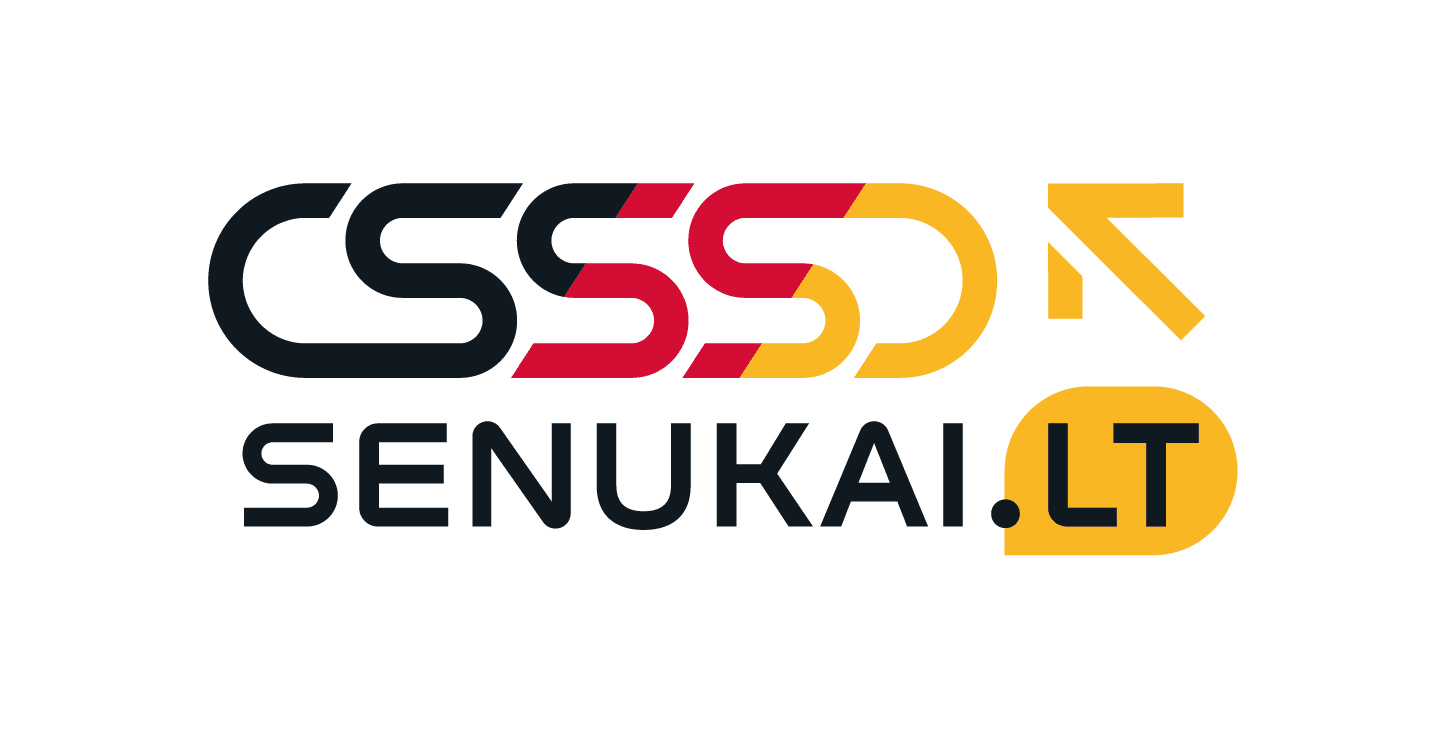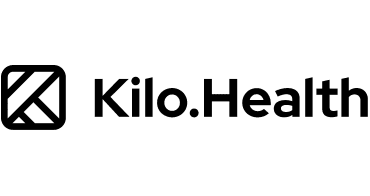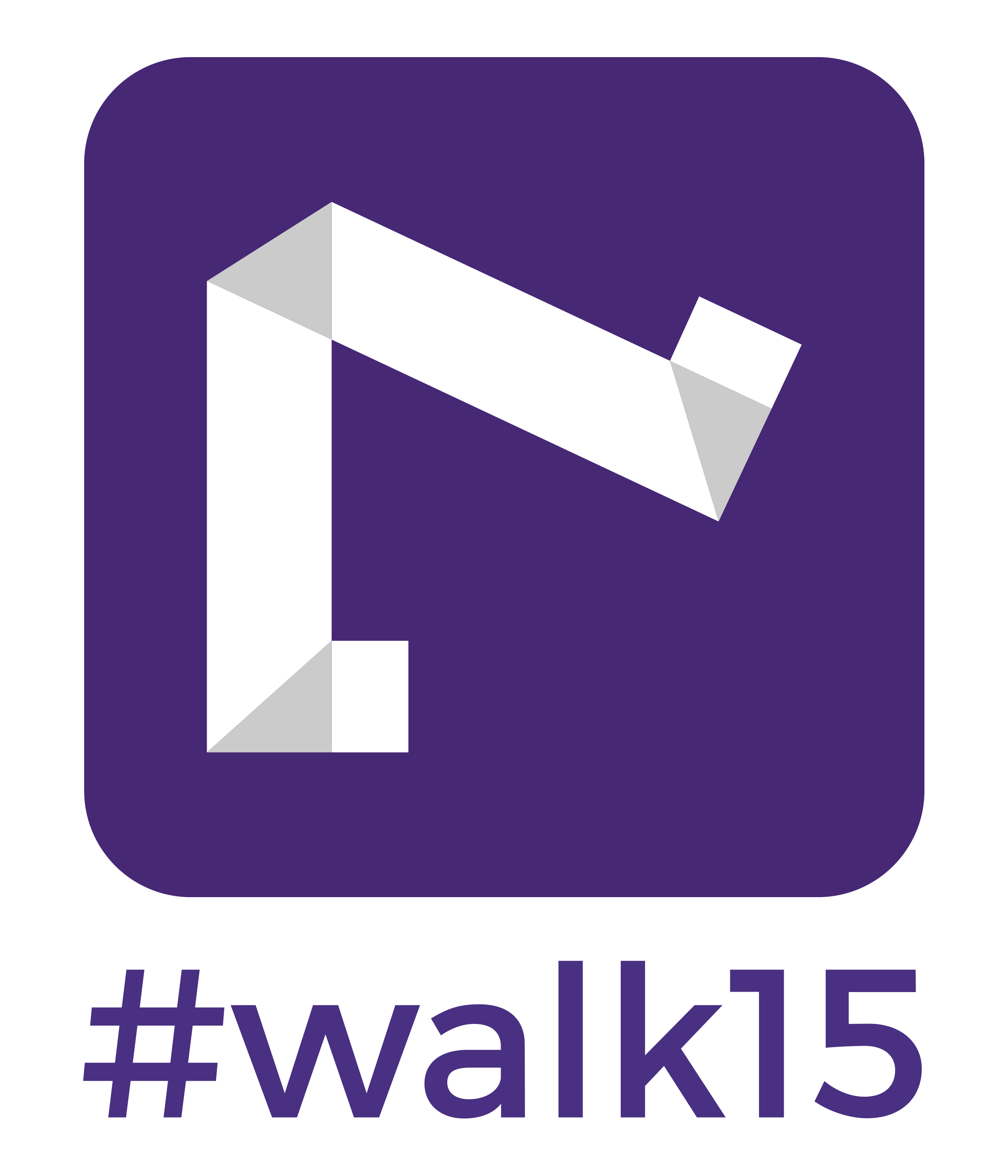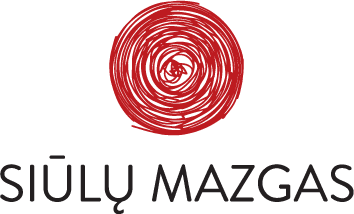In the ever-evolving field of digital marketing, it’s crucial to not just keep pace, but to stay one step ahead. Effective advertisement and user-centric tracking solutions have irrevocably redefined the modern business landscape. The shift from traditional advertising methods to digital strategies has completely transformed how companies communicate, connect, and build rapport with their audience.
This article will delve into the current state of digital advertising, underline the vital role played by social media, email, and video advertising, and shed light on the growing significance of Pay-Per-Click (PPC) advertising for small and medium businesses. Leveraging marketing analytics and online tracking tools for targeted advertising, we’ll explore how these strategies could be pivotal for burgeoning entrepreneurs. The information within these sections is crafted to equip you with the knowledge to navigate the digital advertising landscape with confidence. Let’s dive in.
Current State of Digital Advertising
The landscape of digital advertising is rapidly evolving, shaped by emerging technologies and changing consumer behaviors. A birds-eye view of this bustling industry reveals promising expansions in revenue and growth, shifts towards social media and search advertising, and bullish ad spend projections for the future.
Revenue and Growth
The digital advertising landscape has been characterized by consistent revenue growth in recent years. In fact, search advertising revenue reached a staggering $84.4 billion in 2022. What’s impressive is that this figure accounted for 40.2% of total digital ad spend, a testament to the platform’s effectiveness in customer acquisition.
Digging deeper, we find that corporate giants such as Google and Facebook are commanding the largest shares of the U.S. digital ad spend—38.6% and 19.9%, respectively. Their influence in the market demonstrates their ability to engage audiences and deliver meaningful, conversion-driven ads.
Social Media Advertising
One cannot discuss digital advertising without extolling the virtues of social media. Drawing 33% of all digital advertising spend in 2022, platforms like Instagram, Twitter, and Snapchat have essentially reinvented the way businesses connect with their customers. Social media advertising has now become the second largest market for digital ads, underlining its indispensability in any digital marketing efforts.
Search Advertising
No longer merely an option, search advertising has become a necessity in the world of digital marketing. It not only helps businesses to reach their audiences effectively but also provides them with the ability to target specific demographic segments with personalized messages – making it a powerful tool in any marketer’s arsenal.
Ad Spend Projections
Despite the challenges posed by the global pandemic, online ad spending in the U.S. recorded double-digit growth rates for several consecutive years, including a robust 7.3% rise in 2023. This trend is expected to continue, reflecting increased confidence in the value and effectiveness of online advertising.
Overall, as we traverse further into the era of digitization, digital advertising continues to deliver multifaceted benefits for brands, serving as a catalyst for immersive consumer engagement, increased brand awareness, and robust revenue growth.
The Importance of Social Media in Advertising
With billions of people around the globe signing in daily, social media platforms have quickly become a pivotal part of the digital advertising strategy for many businesses. They provide a unique and powerful platform for brands to seamlessly connect with both new and existing customers, enabling efficient sharing of their products, services, and core messages. But just how significant is social media in modern advertising?
Use in U.S. companies
The influence of social media on advertising in the United States is staggering. Today, over 90% of U.S. companies leverage these platforms for their advertising needs. Among the many reasons for this exponential uptick is the unchallenged ability of social media to:
- Reach vast and varied audiences.
- Encourage audience engagement.
- Precisely target potential customers.
Facebook has emerged as the dominant platform, with a host of businesses creating company profiles and running ad campaigns to conveniently interact with their customers and maximize their market share. Other platforms like Instagram and Twitter are also massively employed, thanks largely to their user-friendly interfaces, expansive user bases, and robust analytics tools.
“Advertising is inseparable from social media. A post, a like, a share – each one is a chance for businesses to boost their visibility and engage with their customers. It is an integrated approach that has fundamentally changed the way we do business,” notes a prominent marketing analyst.
Future Projections
Looking ahead, the essence and importance of social media in advertising are expected to intensify further. Current projections suggest that ad spending on social media will reach an astounding $145 billion worldwide by the year 2024. This figure signifies a marked increase from the estimated $70 billion spent just a few years ago and is a clear indication of the value businesses place on social media advertising.
This projected growth is fueled by advancements in mobile technology, the increased penetration of internet services worldwide, and the rising popularity of e-commerce – all of which make social media an increasingly accessible and attractive advertising platform for businesses of all sizes.
In essence, social media has redefined the landscape of advertising. It is a tool like no other – continually evolving and providing unprecedented opportunities for businesses to connect with millions of consumers in ways they never could before. Offering potential unparalleled scalability and measurable results, it’s no surprise that social media’s importance in advertising continues to grow.
Use of Email and Video Advertising
The everchanging world of digital marketing is constantly providing businesses with new ways to reach their customers. Traditional channels like television and radio are proving less effective, marking the ascent of digital mediums like email and video advertising to the top of promotional strategies. The two primary themes of this discussion are the incredible return on investment (ROI) from email marketing and the ever-rising video consumption rates.
Email Marketing Return on Investment
Email marketing has emerged as one of the most impactful marketing strategies. A pivotal reason for this trend is its impressive return on investment. In fact, personalized email marketing campaigns have been seen generating a median ROI of a whopping 122%. This figure highlights the boon that an effective email campaign can bring to businesses, especially those seeking cost-effective yet efficient promotional measures.
Unlike other promotional means where your message may struggle to gain the audience’s attention, emails provide direct communication with the intended receiver in a personalized manner. The message lands directly into their inbox, raising the chances of it being seen and further acted upon. Hence, a well-curated email marketing strategy, focusing on personalization and audience segmentation, can manifest in impressive ROIs for businesses.
Video Consumption Rates
Another sign of the changing times in the marketing landscape is the ever-increasing rate of video consumption. Today’s internet user, no longer captivated by mere text or images, demands more engaging and interactive content. Fulfilling this need are videos, quickly becoming the star of content marketing.
It’s anticipated that the average individual will spend about 100 minutes daily watching online videos in 2021. This prediction underscores the massive potential of video advertising. From short video ads on social media platforms to longer informational videos on websites, the formats are endless. Each offers unique opportunities for businesses to creatively engage their audience and effectively communicate their products or services.
Overall, the rising trends of email marketing and video advertising are a testament to the dynamic nature of marketing strategies. They point towards an increasing emphasis on personalized, engaging, and interactive content to lead businesses to success. Adaptability and the capacity to capitalize on these trends will determine which businesses soar ahead amidst these evolving times.
Pay-Per-Click Advertising for Small and Medium Businesses
In a world steadily progressing towards the digital domain, pay-per-click (PPC) advertising has become an invaluable tool for businesses of all sizes. This mechanism of online marketing offers enhanced visibility, precise targeting, and immediate results. Specifically, small and medium businesses (SMBs) can remarkably benefit from PPC advertising due to its cost-effective nature and flexibility.
Usage Statistics
Interesting trends have emerged in the realm of PPC advertising for SMBs. Approximately 65% of such organizations are reported to partake in PPC campaigns. This engagement primarily leans towards industry giant, Google Ads, known for its reach and robust features.
- Google’s PPC advertising platform presents SMBs with the opportunity to displays their ads before relevant, potential customers across the web.
- The platform also enables businesses to regulate their expenditure by setting budget caps, hence providing efficient cost management.
Most notably, the increasing participation in PPC advertising testifies to its emerging indispensability in SMBs’ digital marketing strategy. It exhibits how these businesses are leveraging its unique features to ensure growth and a competitive edge in the dynamic market landscape.
Popular Platforms
While Google Ads dominates the PPC landscape, other platforms are also witnessing an upsurge in popularity among SMBs due to their unique offerings and benefits.
Some of these platforms include:
- Microsoft Advertising: This is a viable alternative to Google Ads. It reaches users across the Bing network, which includes a multitude of partner websites and platforms.
- Facebook Ads: This platform provides businesses access to Facebook’s vast user base and boasts of powerful targeting options based on demographics, interests, and behavior.
- LinkedIn Ads: A go-to choice for B2B marketers, LinkedIn allows precise targeting based on professional criteria like job titles, industry, company size, and more.
When choosing a PPC platform, businesses must evaluate them based on their specific needs, customer profiles, and objectives. A holistic understanding of the platforms’ features can not only optimize expenditure but also drive significant returns from the PPC campaigns.
PPC advertising presents an effective and measurable solution to SMBs in their quest for market visibility, customer engagement, and overall growth. The key lies in understanding its dynamic usage patterns and leveraging the right platforms based on individual business requirements.
Power of Marketing Analytics
As the business landscape shifts to a more digital environment, marketing analytics has swiftly emerged as an indispensable instrument for the thriving & strategic marketer. It offers a formidable framework that can transform raw data into actionable insights, propelling businesses towards informed decision-making and higher profitability. Rather than guessing or relying purely on intuition, marketing analysts use this robust tool to bring precision and foresight to a company’s marketing efforts.
Applying marketing analytics can significantly enhance various realms of your business operations, particularly:
- Improved Attribution: Tracking and relating the efficacy of a marketing effort to its impact can make or break a campaign. Attribution is the key victorious grin behind successful marketing analytics. It empowers you to identify the tactics that are producing results and the ones that are not, thus enabling data-driven decision-making.
- Campaign Optimization: Marketing analytics kick-starts your campaign optimization by delivering insights on consumer preferences, engagement trends, and conversion points. With such knowledge, businesses can fine-tune their marketing strategies, target their audience more effectively, and boost campaign performance.
- Resource Allocation: Efficient allocation of resources is yet another winning card of marketing analytics. It facilitates the identification of high performing channels, thereby allowing companies to invest in areas that provide the most substantial ROI, and weed out the less profitable ones.
It’s essential to view marketing analytics not as a single tool but rather as an integrated approach that combines diverse datasets and methodologies for an all-encompassing understanding of the marketing strategy. This analytic practice transcends the routine analysis of metrics like clicks, impressions, and engagement. It goes as far as predicting customer behaviors, segmenting markets, and optimizing ROI, strategically paving the road to success.
While the power of marketing analytics is undeniable, the journey towards mastering it requires regular practice, evaluation, and refinement. By capitalizing on these insights, businesses can gain a competitive edge, drive growth, and cement a solid reputation in their niche market. Harness the power of marketing analytics today and experience the transformative impact on your business tomorrow.
Online Tracking Tools for Targeted Advertising
Modern marketers never underestimate the power of targeted advertising, and neither should you. By tapping into online tracking tools, you can customize ads to attract a specific audience, turning curious clickers into loyal customers. Let’s unearth two of the most popular tools used today: advertising cookies and mobile tracking.
Advertising Cookies
It may appear simple, but don’t let it fool you. The adage “small but mighty” holds true when it comes to advertising cookies. These tiny text files stored on user devices are the most prevalent online tracking tools used for personalized ads. They create virtual profiles based on browsing history and habits, allowing for the delivery of tailored advertising.
Here’s what magic these cookies can conjure up:
- Personalized user experience: Customized ads resonate better with viewers, improving click-through rates and overall user experience.
- Customer behavior patterns: Understanding the ‘why’ and ‘how’ behind consumers’ online behaviors provides precious insights for marketers to adapt campaigns.
- Potential customer targeting: Cookies help find potential customers who show interest in what you offer, streamlining your marketing efforts and maximizing your return on investment.
But remember, not every cookie crumbles the same way. Be sure to stay informed about internet privacy regulations to ensure your cookie use aligns with legal standards.
Mobile Tracking
Moving on from desktops, let’s turn our eyes to the small screens. Mobile tracking is the Swiss Army knife of modern marketing. One great example of a handy tool is the Google Ads mobile app which allows for real-time tracking and speedy improvements to ad performance.
Mobile tracking advantages are wide-ranging:
- Real-time adjustments: Mobile tracking lets marketers make changes to campaigns on the go, acting swiftly on real-time insights.
- Extensive reach: With the increasing mobile usage, mobility equates to greater reach.
- Analytics on the go: There’s no need to stick to your office desk. With mobile apps, you can access analytics anytime, anywhere.
While these tools are powerful, they are also not without their challenges. Internet connectivity, battery life, and data privacy issues are some of the obstacles that need to be navigated wisely in mobile tracking.
To sum it up, advertising cookies and mobile tracking are two powerful tools in the arsenal of modern marketers. By understanding and leveraging these tools, you can give your advertising strategy the competitive edge it needs. Who knew that being a tracking expert could be so rewarding? From adjusting your campaign on the subway ride home to decoding consumer behavior, dive into the world of online tracking tools and watch your marketing efforts flourish.
Conclusion
The future of advertising lies in leveraging digital strategies and online tracking solutions to drive performance and brand engagement. Digital advertising offers unlimited scalability, customization, and engagement opportunities for businesses of all sizes. Its versatility extends across various platforms such as social media, email, video, and pay-per-click advertising, serving diverse customer bases. Furthermore, the evolution of marketing analytics empowers businesses to track and analyze the effectiveness of their strategies, making data-driven adjustments for improved results.
However, effectively harnessing the power of these advertising strategies requires collaboration with experts well-versed in the field. This is where Defined Chase steps in. Offering a holistic approach to digital marketing, Defined Chase excels in performance marketing, brand awareness, and comprehensive online reporting. We tailor strategies to each client’s unique objectives, maximizing their reach across major digital platforms.
As the evolving landscape of digital advertising continues to shape the business world, partnering with a trusted and accomplished agency like Defined Chase ensures that you are not only keeping up with the competition but leading at the forefront of digital innovation.
Frequently Asked Questions
- What are some effective advertising solutions for modern entrepreneurs?
Some effective advertising solutions for modern entrepreneurs include social media advertising, search engine marketing (SEM), influencer marketing, content marketing, and email marketing.
- How can social media advertising benefit entrepreneurs?
Social media advertising allows entrepreneurs to reach a larger audience, target specific demographics, increase brand visibility, and drive website traffic. It also provides valuable analytics and insights for measuring campaign effectiveness.
- What are tracking solutions and why are they important for entrepreneurs?
Tracking solutions, such as Google Analytics, help entrepreneurs monitor website traffic, user behavior, conversion rates, and overall campaign performance. They provide valuable data and insights for making data-driven decisions and optimizing marketing strategies.
- Which tracking solutions are commonly used by entrepreneurs?
Some commonly used tracking solutions by entrepreneurs include Google Analytics, Facebook Pixel, LinkedIn Insight Tag, and Hotjar. These tools offer comprehensive tracking and analytics capabilities to measure and improve marketing efforts.
- How can entrepreneurs benefit from email marketing?
Email marketing enables entrepreneurs to nurture customer relationships, promote products or services, drive sales, and increase brand loyalty. With email automation and personalization, entrepreneurs can create targeted and personalized campaigns for maximum impact.















